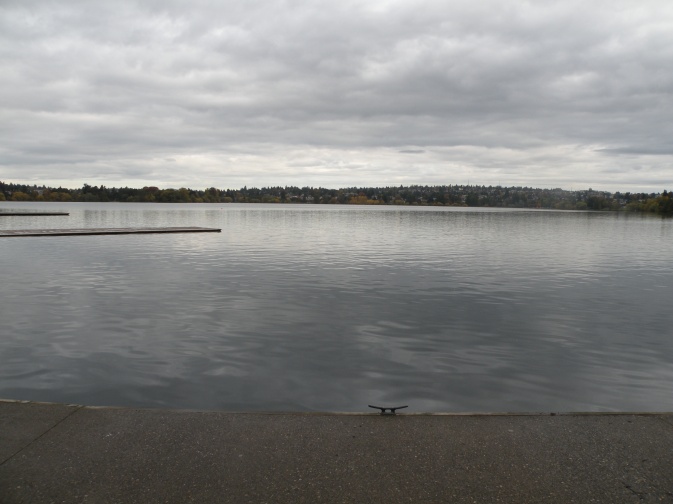People all over North America are familiar with Red Robin restaurants. Everybody knows about their big burgers, cartoon mascot, and secret French fry seasoning. But what many people don’t know is that the first Red Robin opened in Seattle.
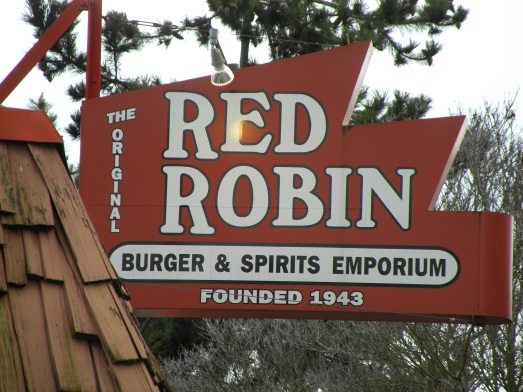
The 1,200 square foot building, located by the south end of the University Bridge at 3272 Fuhrman Avenue East, was erected in 1916. In 1943, it opened as Sam’s Tavern.
Sam, the tavern’s owner and namesake, sang in a barbershop quartet. He loved the song “When the Red Red Robin” so much that he changed the same of his tavern to “Sam’s Red Robin.”
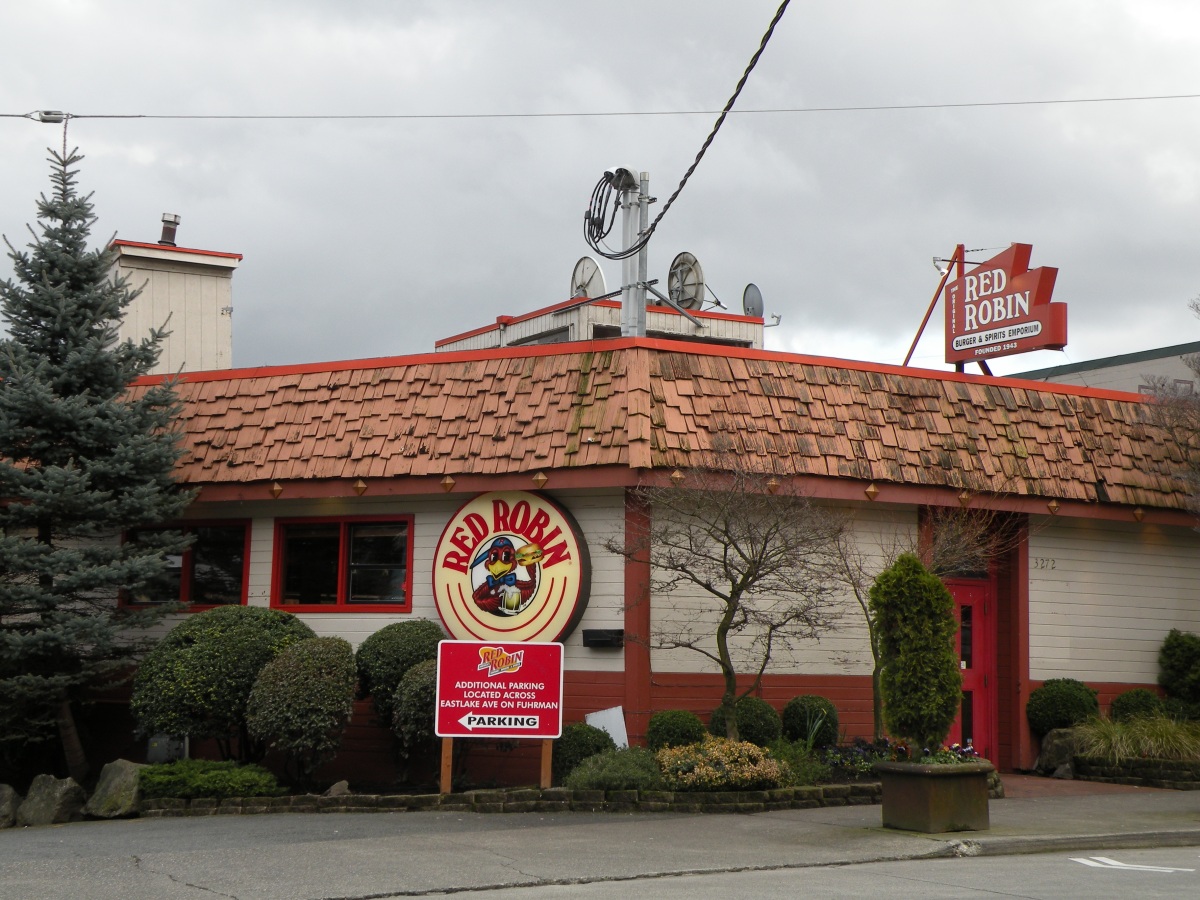
In 1969, Gerry Kingen, the son of local restaurant owners, bought the Red Robin Tavern. He continued to run the establishment in the same spirit as Sam, serving up booze, popcorn, and sandwiches to university students and local houseboat inhabitants.
Four years later, the Red Robin briefly closed for a remodel. In addition to building a deck on the back of the building, Kingen added burgers, fish & chips, and steak to the menu. Large wooden electrical cable spools with a layer of thick resin on top served as tables.
When the restaurant reopened, business tripled. In response to the success, Kingen opened another location in Northgate.
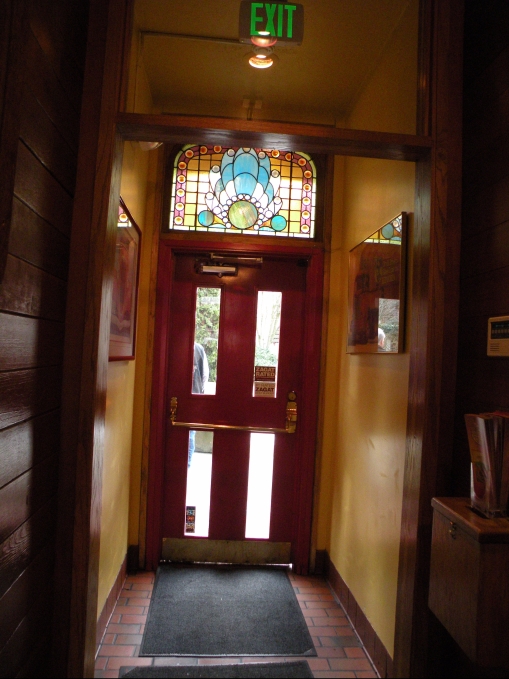
In 1979, two Red Robin regulars opened the first Red Robin franchise in Yakima, Washington, and the following year Red Robin opened a location in Oregon.
As for the building on Fuhrman Avenue? Sadly, unlike most locations posted here, the original Red Robin no longer stands. Only a few months after my February 2010 visit, this location closed, citing expensive maintenance. The 98-year-old building was demolished August 28, 2014.
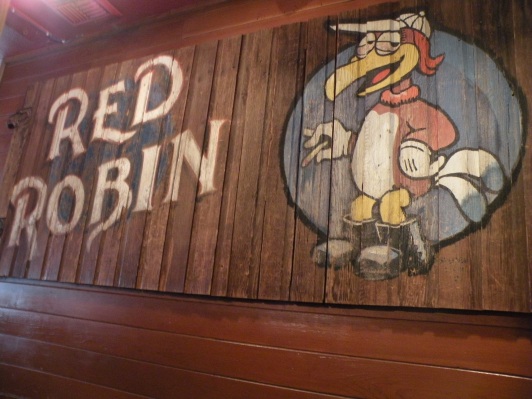
Now an empty parking lot, the future of the site is uncertain. It appears that the most popular suggestion is to build multi-story apartments.
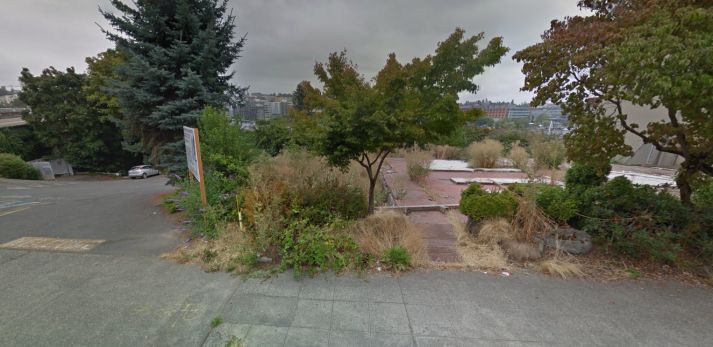
The demise of the building can actually be traced on Google Maps street view, which shows the slow regression from 2008 to 2015. The 2015 view shows the old flooring still in place, as well as the old sidewalk.
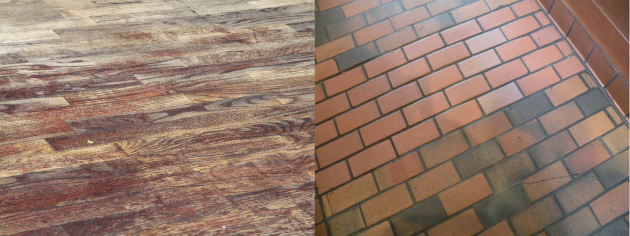
While the decor was fairly mainstream Red Robin when I dined there, the building had a character unique to this specific location. Wood-covered walls, stained glass, and the smallest bathrooms known to man were just some of the features that made this location a true dining experience despite the standard menu, furniture, and glass-covered sun room.
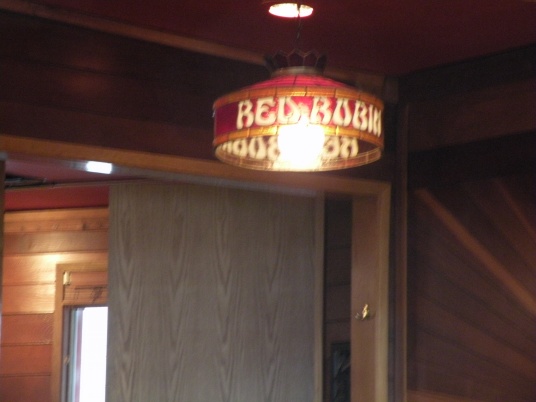
Interestingly, a new Sam’s Tavern has opened up in Seattle. With locations in Capitol Hill, South Lake Union, and Redmond, its about page credits Sam’s Red Robin as its predecessor.





